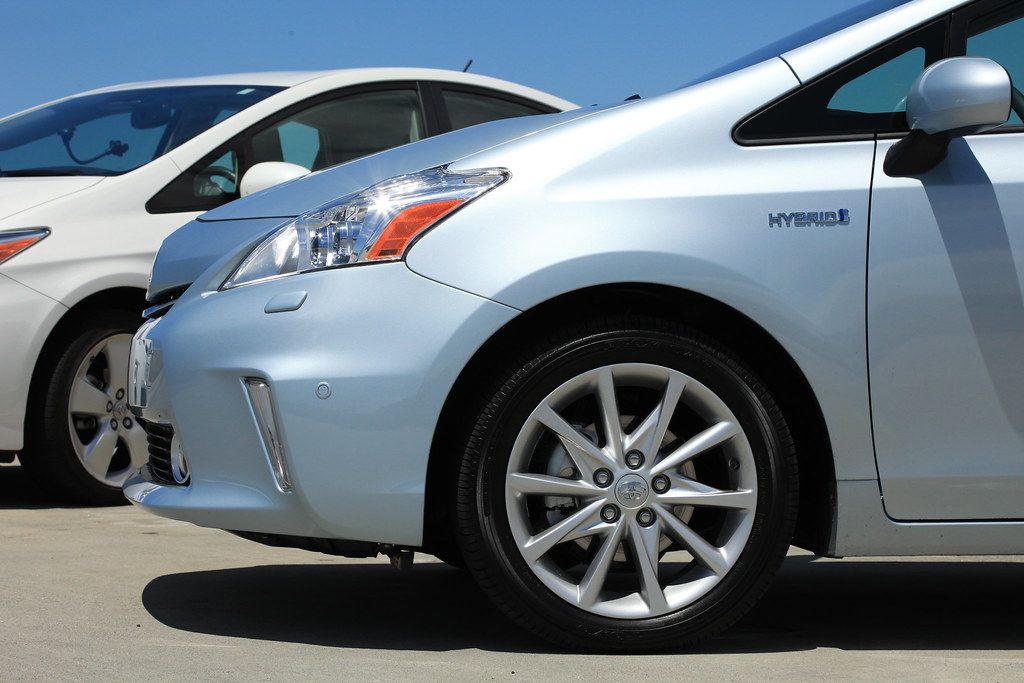
All-wheel drive (AWD) has transcended its niche origins to become a ubiquitous and highly sought-after feature in the automotive world. As a general umbrella term, AWD signifies a car configuration capable of delivering power to all four wheels, promising enhanced traction, stability, and control across a multitude of driving conditions. This fundamental advantage makes AWD a compelling choice for drivers navigating challenging weather, diverse terrains, or simply seeking an added layer of security and confidence on the road.
While the core principle of power distribution to all four wheels remains consistent, the engineering philosophies and technological implementations behind AWD systems vary dramatically among manufacturers. Each carmaker has meticulously developed its own approach, resulting in distinct characteristics that influence performance, reliability, and the overall driving experience. These variations lead to a rich tapestry of advanced AWD options, catering to a broad spectrum of driver needs and preferences.
In this in-depth analysis, we embark on a journey to demystify these sophisticated powertrains. We will delve into the mechanics of general AWD before meticulously comparing some of the most prominent manufacturer-specific systems on the market: Audi’s legendary Quattro, Subaru’s symmetrical AWD, BMW’s dynamic XDrive, and Mercedes-Benz’s refined 4MATIC. Our aim is to provide a clear, authoritative, and technically accurate understanding of what makes each system unique, how they function, and what benefits they offer discerning drivers.

1. **Understanding the All-Wheel Drive (AWD) System: Fundamentals and Functionality**The concept of all-wheel drive, often a source of confusion for many, is elegantly simple at its core: AWD is a 4-wheel drive vehicle in which power is continuously provided to all wheels. This continuous power delivery is a hallmark of the system, distinguishing it from part-time 4WD setups and establishing it as one of the smartest automotive powertrain systems with high technology.
At the heart of AWD’s intelligence is its ability to automatically reallocate torque to the most suitable axle to increase traction in necessary situations. This distribution of power from the engine to the wheels is governed by an algorithm within the Electronic Control Unit (ECU), allowing the system to adapt instantaneously to changing road conditions without driver intervention. The result is a vehicle that operates with remarkable stability, providing a smooth and reassuring driving experience.
For daily use and safety and peace of mind, the AWD system emerges as a highly advantageous choice. Thanks to its flexible distribution of torque, vehicles equipped with AWD handle adverse conditions like slippery roads, ice, or snow with greater confidence. Furthermore, the compact design of the AWD drive system means the chassis does not necessarily need to be high, optimizing vehicle size and often eliminating the need for a gearshift lever, which makes controlling the car quite easy.
However, it is important to acknowledge that the automatic function, while an advantage for many, also brings some limitations for the driver. Enthusiasts passionate about exploring driving experiences might find the inability to control or turn off the function less engaging. Moreover, vehicles with AWD systems typically do not have an auxiliary transmission, which might detract from serious off-roading capabilities, and their production cost is usually more expensive than other drive types.
While both AWD and Four-Wheel Drive (4WD) systems power all four wheels, they serve distinct purposes. AWD is designed predominantly for on-road use and is commonly found in sedans, crossovers, and high-performance cars, operating continuously and adjusting without driver input. Conversely, 4WD is a more robust system, typically employed in off-road or heavy-duty vehicles, and can often be manually engaged when the situation demands it, highlighting a key difference in their intended applications and operational philosophies.

2. **Audi Quattro: The German Pioneer of Luxury All-Wheel Drive**Audi stands as the original German company to integrate all-wheel drive technology into luxury vehicles, a move that revolutionized both the automotive industry and motorsport. Debuting in 1983, the iconic Audi Quattro rally car took both the road and rally stages by storm with its groundbreaking all-wheel drive system. This innovative technology quickly cemented Quattro’s status as a legend in Audi’s car engineering, with the name itself, meaning “four” in Italian, becoming synonymous with sophisticated AWD.
The core of the original Quattro system lies in its purely mechanical nature, specifically featuring the Torsen set, which stands for Torque-Sensing Traction. This mechanical differential, operating in a closed manner without any interference from electronic systems, boasts very high sensitivity and reliability. This robust and capable design has been a cornerstone of Quattro’s success, particularly in high-performance applications.
Structurally, the Quattro AWD system consistently employs three differentials. The Torsen unit functions as a central differential, adept at distributing torque between the front and rear wheels of the vehicle. Complementing this, two additional differentials are responsible for precisely allocating torque to each individual wheel on each axle. This intricate mechanical arrangement allows for superior grip and dynamic control, contributing to Audi’s reputation for engaging driving experiences.
It is important to note that while “Quattro” today signifies that an Audi is AWD, not all modern Audis utilize the original Quattro technology. Contemporary Audi models may feature either the existing mechanical Quattro system or a Haldex AWD system, particularly in transverse-mounted Audis like the TT and A3. Unlike the 100-percent mechanical Quattro, Haldex is a computer-controlled system, though it is not exclusive to Audi, being also used by Volvo and Volkswagen.
After over four decades, the Audi Quattro AWD powertrain has not only maintained its dominance but continues to achieve outstanding technological achievements, having reigned as the king of the World Rally Championship. Its inherent robustness, coupled with outstanding reliability, positions it as one of the best AWD systems available. Its dynamic handling and stability are consistently praised, and the undeniable fun factor it adds to driving further cements its legendary status among automotive enthusiasts.
Car Model Information: 2022 Audi e-tron Sportback S line Premium Plus
Name: Audi Quattro B2 (85)
Manufacturer: Audi
Aka: Ur-Quattro
Production: 1980–1991,11,452 produced
Assembly: Ingolstadt
Designer: Jörg Bensinger,Walter Treser,Ferdinand Piëch,Franz Tengler (transmission),Martin Smith (designer)
Class: Mid-size car,rallying
BodyStyle: coupé
Platform: Volkswagen B platform#B2
Related: Audi 80#B2
Layout: longitudinal engine,Front-engine, four-wheel-drive layout,all-wheel drive
Engine: SOHC,2.2 L SOHC 10v I5 (turbo) (1987–1989),DOHC
Transmission: manual transmission
Wheelbase: 2524 mm
Abbr: on
Length: 4404 mm
Width: 1722 mm
Height: 1346 mm
Weight: 1290 kg
Sp: uk
Predecessor: Audi 100 Coupé S
Successor: Audi S2
Categories: 1990s cars, All-wheel-drive vehicles, Articles with hAudio microformats, Articles with short description, Audi racing cars
Summary: The Audi Quattro is a road and rally car, produced by the German automobile manufacturer Audi, part of the Volkswagen Group. It was first shown at the 1980 Geneva Motor Show on 3 March. Production continued through 1991.
Get more information about: Audi Quattro
Buying a high-performing used car >>>
Brand: Audi Model: Quattro
Price: $29,750 Mileage: 19,310 mi.

3. **Subaru’s Symmetrical AWD System: Engineered for Balance and Simplicity**Subaru has carved out a distinctive niche in the automotive market, not through flamboyant designs, but by perfecting a unique “brand” centered on sporty, flexible performance and a highly personal driving experience. This identity is largely defined by the synergistic combination of its Symmetrical AWD system and the Boxer engine, creating vehicles that boldly exude a “Subaru” character.
The true secret formula and biggest difference in Subaru’s drive technology lie in its special “symmetrical” arrangement. Unlike many systems that react to wheel spin or attempt to anticipate events, Subaru’s Symmetric AWD constantly monitors and distributes power all of the time. This proactive and consistent power distribution is a testament to its uncomplicated design philosophy, aiming for immediate and unwavering traction.
This symmetrical AWD system is meticulously structured with three primary components: the transmission, the Boxer engine, and the gearbox. Crucially, all these elements are arranged in a perfectly balanced and symmetrical manner along the longitudinal axis in the center of the car body. The logic behind the name is clear: if the S-AWD drivetrain were split vertically, one would find two completely identical parts, even sharing the same weight, a design choice that virtually eliminates torque steer problems.
With over 40 years of dedicated experience in building and perfecting symmetrical all-wheel drive, Subaru has achieved a truly unique and compact AWD system. This design offers superb balance to every Subaru vehicle, enhancing stability and handling in a wide array of conditions. The superior capabilities of the S-AWD have been rigorously proven on both challenging off-road tracks and slippery snow-covered surfaces, showcasing its reliability and performance.
Many automotive experts hold Subaru’s AWD system in high regard, often considering it among the best, if not the very best, in the auto industry. Its strength lies in its simplicity and consistent performance. While Audi has long been associated with the title of “best all-wheel drive system,” Subaru, with its simpler and often more cost-effective AWD system, is seen as a formidable competitor. Drivers consistently praise its excessive grip on dry pavement, tight and precise steering, and smooth handling, especially beneficial for family-oriented vehicles navigating wet or icy conditions.
Read more about: Unpacking Subaru’s Symmetrical All-Wheel Drive: A Deep Dive into its Engineering, Variants, and Performance Advantages
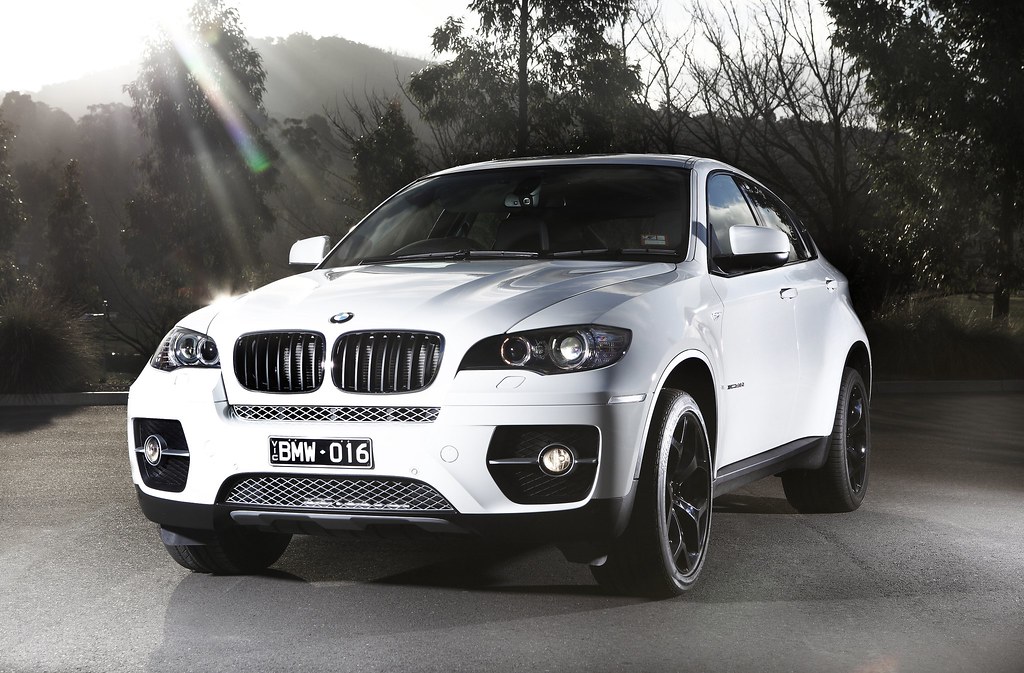
4. **BMW XDrive: Enhancing Dynamics and Safety Through Intelligent Electronics**BMW’s proprietary XDrive system is a cornerstone of its modern vehicle lineup, with almost every BMW model now offering or coming equipped with this advanced all-wheel-drive technology. Particularly prominent in the BMW X series, such as the X3, X4, X5, X6, and X7, XDrive is celebrated for two significant advantages: it markedly enhances driving dynamics while simultaneously improving driving safety, making it a critical feature for a broad spectrum of road conditions and weather scenarios.
At its operational core, the XDrive system functions as an intelligent electronic network. It continuously calculates and distributes the appropriate driving force to each wheel. This precision is achieved through an array of sensors that constantly measure the friction and slipperiness of each wheel, allowing the system to react instantaneously. This adaptive force distribution ensures that the car can quickly recover from slippery road conditions, maintaining optimal traction and control.
To illustrate its dynamic response, consider a wheel that loses grip due to adverse road conditions. In such a scenario, the ECU (Engine Control Unit) within the XDrive system automatically disconnects the force transmitted to that wheel. Concurrently, it reallocates the transmission force to the wheels with higher traction. This swift and intelligent torque management is vital for maintaining stability and momentum, enabling the vehicle to navigate varying conditions with remarkable confidence and poise.
From an engineering perspective, the structure of the XDrive system in BMW cars is considerably more complex than conventional powertrains. A key component is the arrangement of an additional vertical differential, known as the center differential. This integral part ensures that all four wheels remain active, effectively managing rotational kinematics when the car is turning. This sophisticated design underscores BMW’s commitment to combining advanced technology with superior driving characteristics.
XDrive AWD is an exclusive drive system of BMW that has garnered extensive positive feedback and reviews from consumers. Its efficiency in power transmission is particularly lauded, appealing especially to those who appreciate cutting-edge technology and spirited driving. The system contributes significantly to the dynamic handling and stability that BMW vehicles are known for, reinforcing its reputation as a sophisticated and high-performing all-wheel-drive solution.
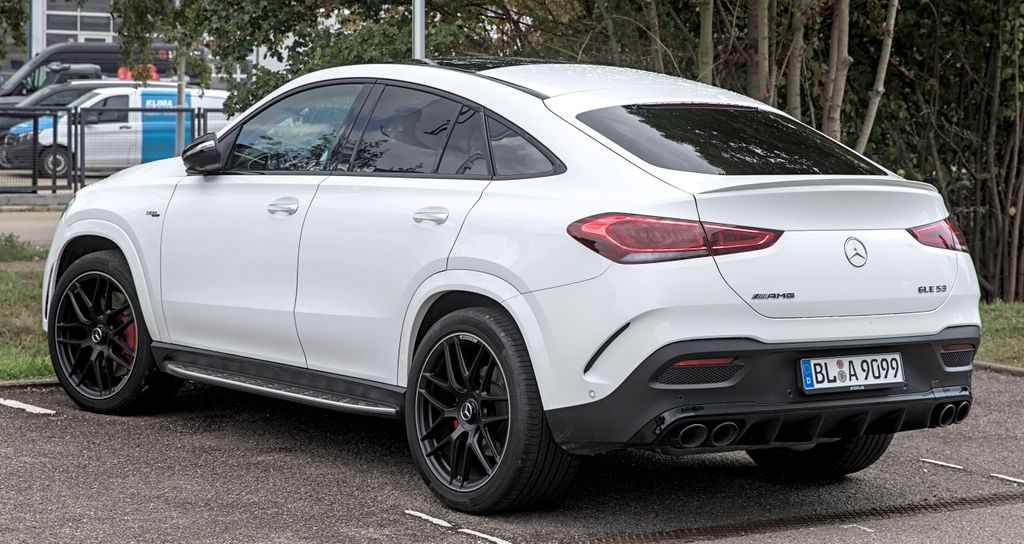
5. **Mercedes-Benz 4MATIC: A Legacy of Durability, Stability, and Versatility**In the esteemed world of luxury cars equipped with all-wheel drive, the Mercedes-Benz 4MATIC system has firmly established its mark. Renowned for its exceptional durability, unwavering stability, and remarkable versatility, 4MATIC is one of the most appreciated all-wheel drive systems, lauded for both its safety enhancements and performance improvements. The name itself is a portmanteau, intelligently derived from “all-wheel-drive system” and “automatic,” signifying its integrated and seamless operation.
First introduced in 1987 within the E-Class W124-series sedans and wagons, 4MATIC has a rich history spanning over three decades, assisting countless drivers in conquering diverse roads globally. Although its initial iteration was a complex and, at times, unreliable computer-controlled system with a hydraulic center differential, Mercedes-Benz refined it considerably. Upon its return in the late 1990s with the W210 E-Class, the 4MATIC system evolved into a close relative of Audi’s Quattro, focusing on a rear torque bias managed by a center differential and utilizing ABS for traction control. Today, this advanced drive system is found across nearly all Mercedes-Benz models, from sedans and coupes to SUVs and the high-performance AMG line.
The sophisticated structure of the 4MATIC system includes several key components working in concert. A transfer case, intelligently located inside the transmission, is responsible for efficiently transferring power to the wheels. This is complemented by a central anti-slip differential, which meticulously adjusts and balances the traction between the front and rear axles. Furthermore, a four-wheel electronic traction control system (4-ETS) precisely manages and distributes torque to each individual wheel under various operating conditions, ensuring optimal grip and stability.
One of the paramount reasons for 4MATIC’s widespread acclaim is its inherent focus on safety. As an AWD all-wheel drive system, power and traction from the engine are transmitted to all four wheels in varying proportions, all managed automatically. This comprehensive power distribution significantly enhances the vehicle’s operational safety, especially in challenging conditions like slippery roads, ice, or snow. The 4MATIC system is not an isolated function; it is seamlessly combined with other Mercedes safety technologies to automatically adjust and adapt to diverse weather and road conditions without any intervention from the driver, offering unparalleled peace of mind.
Beyond safety, 4MATIC also delivers high performance, notably through its intelligent design that integrates the transfer case with the automatic transmission. This innovative arrangement significantly reduces the system’s weight—approximately 50 kg compared to its predecessor—and also substantially minimizes friction. These improvements have a tangible impact on fuel economy, an area where AWD systems traditionally faced disadvantages. For instance, coupe variants of the E and C series equipped with 4MATIC achieve the same fuel efficiency as their rear-wheel-drive counterparts (10.7l/100km), demonstrating a remarkable blend of capability and efficiency. While often considered less performance-oriented than Audi’s system in certain high-speed scenarios, 4MATIC prioritizes stability for the ultimate control, proving itself a highly effective and appreciated AWD solution.

6. **Acura Super Handling All-Wheel Drive (SH-AWD): Beautifully Complex Torque Vectoring**Moving beyond conventional AWD systems, Acura’s Super Handling All-Wheel Drive (SH-AWD) represents a beautifully complex and highly advanced approach to enhancing vehicle dynamics and safety. First introduced by Acura 16 years ago, this groundbreaking technology was born from research into “direct deflection control” and quickly evolved into the world’s first all-wheel drive system with integrated torque vectoring. It has since become a standard or available feature on a wide array of Acura models, including the TLX and RLX sports cars, RDX and MDX sport utility vehicles, and even the high-performance NSX supercar.
At its core, SH-AWD is an intelligent electronic network that constantly anticipates a car’s behavior, particularly in cornering scenarios. It achieves this by continuously measuring crucial data points such as weight distribution, available traction, and driver input. The system’s unparalleled precision allows it to dynamically send up to 70 percent of engine torque to either the front or rear axle as needed. Furthermore, it boasts the unique capability to distribute 100 percent of that torque to an individual left or right wheel on the rear axle, providing an exceptional level of control and agility.
Through four generations of continuous innovation, Acura has refined SH-AWD, setting a benchmark for other automakers in developing similar technologies. The system’s true genius lies in its ability to deliver dynamic vector torque, which translates into more predictable and precise handling performance across all road conditions. In its fourth generation, SH-AWD can even provide up to 2.7 percent overdrive to the outer rear wheel, generating additional rotational speed that actively helps “pull” the vehicle through corners with remarkable accuracy, fundamentally enhancing cornering stability and response.
This isn’t just an all-weather traction control system; it’s an advanced dynamic performance enhancer. SH-AWD is the world’s first and only electric torque vectoring system capable of boosting every aspect of dynamic performance, from acceleration and braking to cornering. Its instantaneous response allows for both positive and negative engine torque application with immediate precision, providing unprecedented control. The ECU collects data—including RPM, air intake, gear position, lateral acceleration, wheel rotations, and steering angle—to calculate the optimal transmission force distribution, even allowing variable axle ratios like 30:70, 70:30, or 50:50, and unlimited adjustment between 100:0 or 0:100 for the rear wheels. While highly sophisticated and generally effective, its reliance on complex computer algorithms means that, under highly unusual circumstances, it can experience moments of confusion, a minor trade-off for its otherwise exceptional capability.
Beyond sheer performance, a crucial benefit of SH-AWD is its ability to maintain the highest level of body stability when the car is cornering. It actively suppresses insufficient or excessive redirects when such problems occur, proving itself not only as an effective system for navigation but also providing significant contributions to active safety. Acura, with the introduction of SH-AWD, truly opened up a new concept of the all-wheel-drive system, offering an optimal combination of transmission and navigation that elevates the driving experience.

7. **Full-Time AWD Versus Intelligent AWD: Understanding the Operational Divide**As we delve deeper into the diverse landscape of all-wheel-drive systems, a critical distinction emerges between “full-time AWD” and “intelligent AWD.” While both aim to provide enhanced traction and stability, their operational philosophies and mechanisms differ significantly, influencing everything from fuel efficiency to real-world driving feel. Understanding this divide is crucial for drivers evaluating which system best aligns with their priorities and typical driving conditions.
Full-time AWD systems, epitomized by iconic setups like Audi’s Quattro and Subaru’s Symmetrical AWD, are characterized by their continuous engagement. These systems are always active, constantly delivering power to all four wheels without interruption. Their design prioritizes immediate and unwavering traction, often employing mechanical differentials that distribute torque proactively. This continuous power flow ensures that the vehicle is always prepared for sudden changes in road conditions, offering a consistent and predictable driving experience. For enthusiasts and those who frequently encounter challenging terrains or dynamic driving situations, the constant engagement of full-time AWD provides a tangible sense of security and control.
In contrast, intelligent AWD systems operate on an adaptive principle, adjusting power delivery based on specific driving conditions. Rather than continuously powering all four wheels, these computer-controlled systems monitor various parameters—such as wheel slip, throttle input, and steering angle—to determine when and how much power to send to each axle. Systems like Honda’s i-VTM4 or Ford’s Intelligent AWD exemplify this approach. They are designed to prioritize efficiency, often operating primarily in a two-wheel-drive mode (typically front-wheel-drive biased) under normal, stable conditions, and only engaging the rear wheels when increased traction is detected as necessary.
The primary advantage of intelligent AWD lies in its improved fuel efficiency. By only engaging all four wheels when traction demands it, these systems reduce parasitic drivetrain losses that are inherent in continuously active full-time setups. This makes them an attractive option for drivers who mostly navigate paved roads and only occasionally encounter adverse conditions like light snow or rain. However, the adaptive nature of intelligent AWD can introduce a slight delay; while generally imperceptible to most drivers, the system may react a split-second slower as it detects slip and then engages the additional wheels, compared to the instant response of a constantly engaged full-time system. This difference, though subtle, can impact the driving dynamics for performance-oriented drivers or those in extreme scenarios.
Read more about: Unpacking Subaru’s Symmetrical All-Wheel Drive: A Deep Dive into its Engineering, Variants, and Performance Advantages

8. **The Evolution of AWD in Electric Vehicles: Unlocking New Possibilities**The advent of electric vehicles (EVs) is not only revolutionizing propulsion but also significantly transforming the capabilities and performance of all-wheel-drive systems. Electric cars inherently possess design advantages that allow for a fundamentally superior approach to AWD, pushing the boundaries of traction control, precision, and dynamic response far beyond what traditional mechanical systems can achieve in gasoline-powered counterparts.
Unlike conventional internal combustion engine (ICE) vehicles that rely on a complex network of differentials, transfer cases, and drive shafts to distribute power from a single engine, electric vehicles can employ multiple independent motors. EVs like those from Tesla and Rivian frequently utilize dual-motor or quad-motor AWD setups. This architecture means that each wheel, or at least each axle, can be driven by its own dedicated electric motor. This independent power delivery is a game-changer, allowing for instantaneous and ultra-precise torque allocation to each individual wheel.
The benefits of this electrification are profound. Electric AWD systems deliver torque to each wheel independently and instantly, without the mechanical inertia or delays found in traditional drivetrains. This capability allows for traction control that is remarkably faster and infinitely more precise than any mechanical system. When a wheel loses grip, the electronic control unit (ECU) can instantly reduce torque to that specific wheel and simultaneously increase it to the wheels with better traction, all without the need for complex fluid or gear-based differentials to spin up. This leads to unparalleled stability and control, especially in rapidly changing or challenging road conditions.
Furthermore, the integration of electrified powertrains with AWD allows for optimized energy use and intelligent torque distribution in real-time. This not only enhances handling and provides safer drives but also contributes to overall energy efficiency, a critical factor for EVs. Luxury electric vehicles like the BMW i4, with its xDrive40 trim for 2024, perfectly exemplify this evolution. Utilizing two motors working in harmony, propelled by an 81-kWh battery, the i4 marks a new chapter for luxury electric AWD cars, showcasing how electric architecture can deliver both exhilarating performance and sophisticated all-weather capability, truly redefining what an AWD system can be.
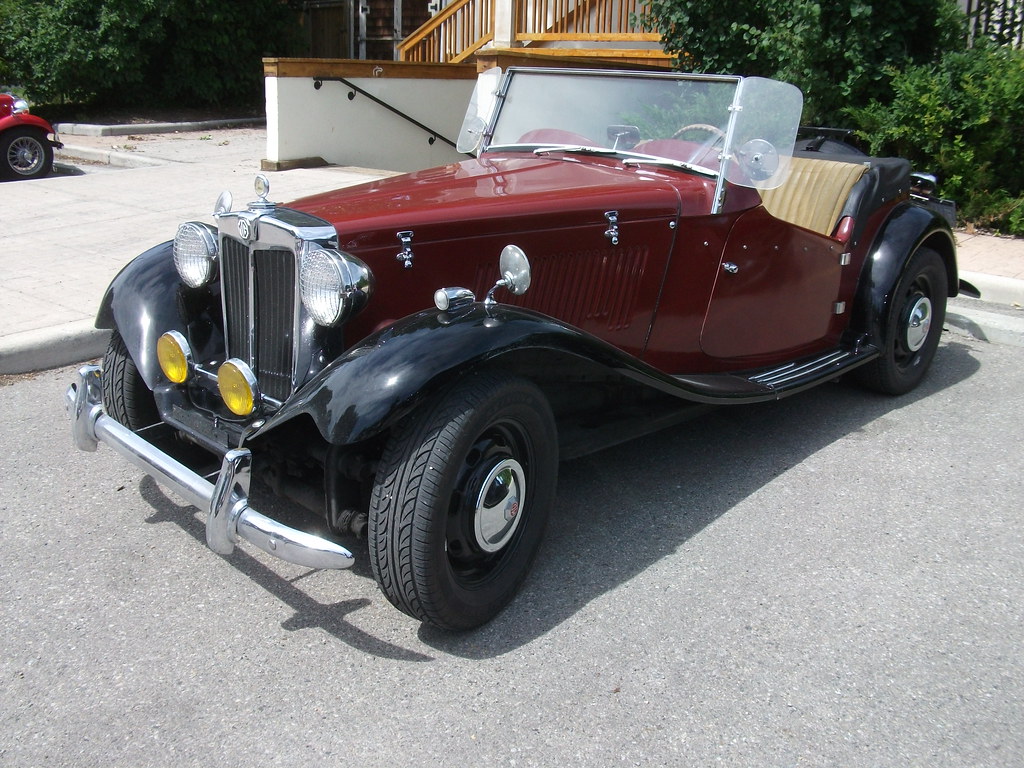
9. **The Rationale Behind Front-Biased AWD Configurations: Efficiency and Practicality**While some high-performance or off-road oriented AWD systems prioritize balanced or rear-biased torque distribution, many automakers, particularly in the mainstream market, opt for front-biased AWD configurations. This design choice is not arbitrary; it’s a calculated decision driven by a clear rationale focused on efficiency, practicality, and cost-effectiveness for a broad range of drivers and typical driving scenarios. Understanding why this approach is so prevalent sheds light on its advantages and inherent limitations.
Front-biased AWD systems, commonly found in vehicles from manufacturers like Honda and Mazda, essentially operate as front-wheel-drive (FWD) vehicles until wheel slip is detected. In these systems, the primary axle for power delivery is the front axle, which is generally more fuel-efficient and simpler to engineer. The rear axle only engages, or receives increased torque, when sensors detect a loss of traction at the front wheels. This ‘on-demand’ engagement is a key characteristic that distinguishes them from full-time AWD systems and contributes to their practical benefits.
One of the most significant advantages of a front-biased AWD setup is its lower cost and lighter weight. Building a primary FWD drivetrain with an added, part-time AWD component is generally less complex and requires fewer heavy-duty components than designing a full-time, robust AWD system from the ground up. This reduction in weight directly translates to improved fuel efficiency, as the vehicle expends less energy carrying and operating the drivetrain. For the average commuter or family driver, who prioritizes economy and ease of ownership, these benefits are compelling.
However, it’s crucial to acknowledge the inherent limitations of front-biased AWD. While ideal for providing a welcome boost in traction for light snow, rain, or moderately slippery roads, these systems are generally not built for serious off-roading or aggressive, high-performance driving. Their reactive nature means there’s a slight delay in engaging the rear wheels, and their structural design may not be as robust for sustained heavy-duty use or extreme articulation. For drivers with occasional light inclement weather needs, a front-biased system offers an excellent balance of enhanced safety without significant penalties to cost or fuel economy, making it a highly practical choice for everyday commuting and light adventure.
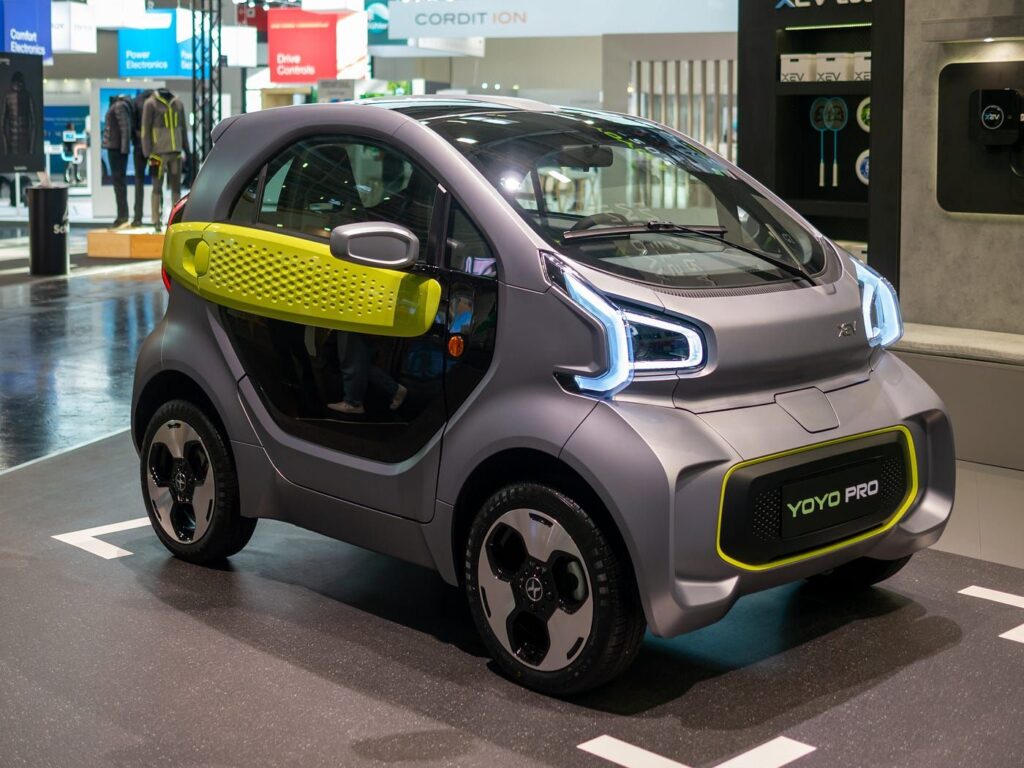
10. **Specialized Design Philosophies of Rally Car AWD Systems: Built for Extreme Conditions**When it comes to the pinnacle of AWD performance under the most grueling conditions, rally cars stand in a league of their own. The specialized design philosophies behind their all-wheel-drive systems are a testament to engineering extremes, purpose-built to conquer dirt, snow, gravel, mud, and highly uneven surfaces where traction is perpetually at a premium. Manufacturers like Subaru and Audi, with their storied histories in rally racing, have poured decades of expertise into perfecting AWD systems specifically for this demanding discipline.
Rally racing, by its very nature, demands uncompromising traction and absolute control, often at incredible speeds over unpredictable terrain. This necessitates AWD systems that are not only robust and reliable but also capable of instantaneous, precise torque distribution to maintain grip on surfaces with wildly varying friction coefficients. Subaru’s symmetrical layout and Audi’s rally-bred Quattro system exemplify these specialized designs, showcasing how different engineering paths can lead to championship-winning performance.
Audi’s Quattro, famously debuting in 1983, revolutionized motorsport by bringing all-wheel drive to the rally stage. Its purely mechanical nature, particularly the Torsen differential, provided unparalleled sensitivity and reliability. This robust, mechanical approach to torque distribution, without reliance on electronic intervention, proved incredibly effective in the unpredictable and brutal environment of rally racing. After over four decades, Quattro’s dominance, including reigning as the king of the World Rally Championship, speaks volumes about its inherent strength, dynamic handling, and consistent stability under extreme pressure.
Subaru’s Symmetrical AWD system, often paired with its unique Boxer engine, is another legend forged in the crucible of rally. Its defining characteristic is the perfectly balanced and symmetrical arrangement of its drivetrain components along the longitudinal axis of the car. This intrinsic balance virtually eliminates torque steer problems and provides superb stability and handling. The proactive, continuous monitoring and distribution of power, rather than reacting to wheel spin, allows Subaru’s system to deliver unwavering traction. The superior capabilities of S-AWD have been rigorously proven on challenging off-road tracks and slippery snow-covered surfaces, highlighting its reliability and consistent performance when pushed to the limit.
Both Audi and Subaru’s rally-focused AWD designs emphasize not just brute force, but intelligent, robust engineering that translates directly into control and speed over the most demanding courses. Their focus on superior weight distribution and power delivery is critical for maintaining stability and momentum through high-speed corners and treacherous sections, underscoring why rally car manufacturers invest so heavily in these specialized AWD philosophies. These systems are the ultimate expression of AWD capability, designed for drivers who demand the absolute maximum from their vehicles in the face of extreme challenges.
Ultimately, the quest for the ‘best’ AWD system is a dynamic and multifaceted journey, one that constantly evolves with technological advancements and shifting automotive demands. From the mechanical robustness of rally champions to the precise electronic torque vectoring of modern luxury vehicles and the groundbreaking independent motor control of electric cars, each system offers a unique blend of attributes. The optimal choice invariably hinges on individual priorities—whether it’s the thrill of dynamic performance, the peace of mind in adverse weather, the efficiency of everyday commuting, or the sheer capability to conquer the most challenging terrains. As manufacturers continue to innovate, the future promises even smarter, more adaptive, and ultimately, more compelling all-wheel-drive solutions for every driver’s need.”}
]


